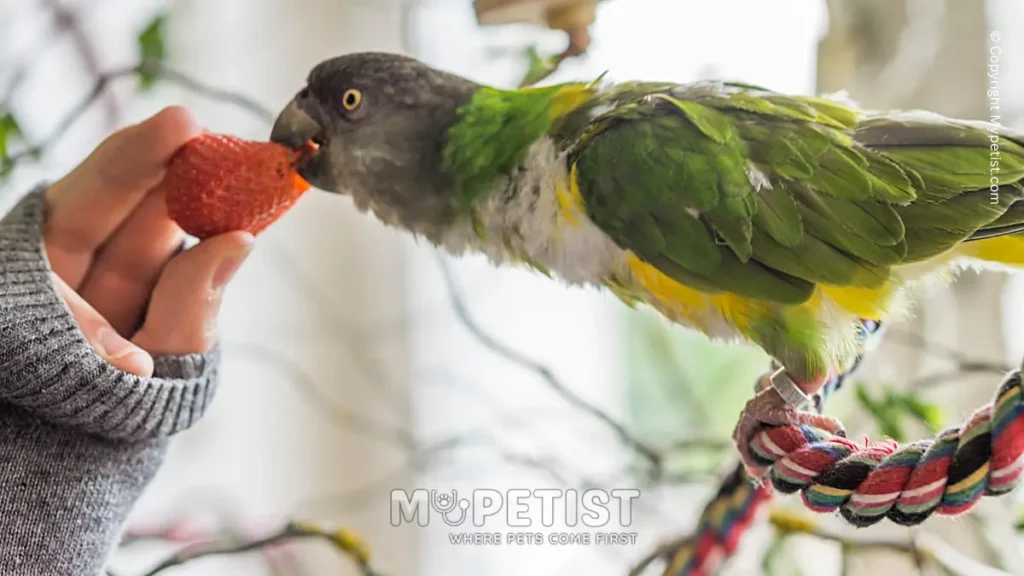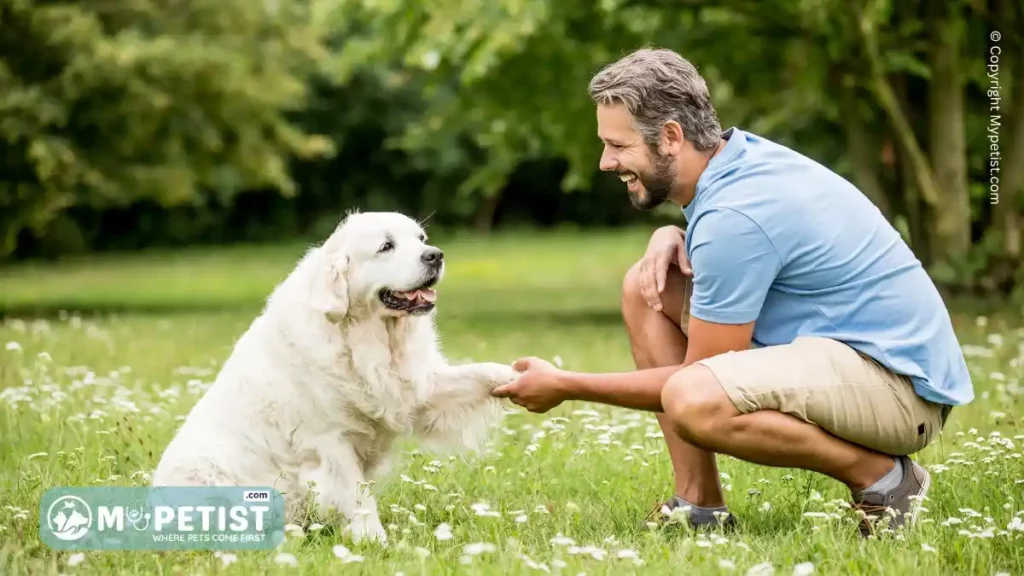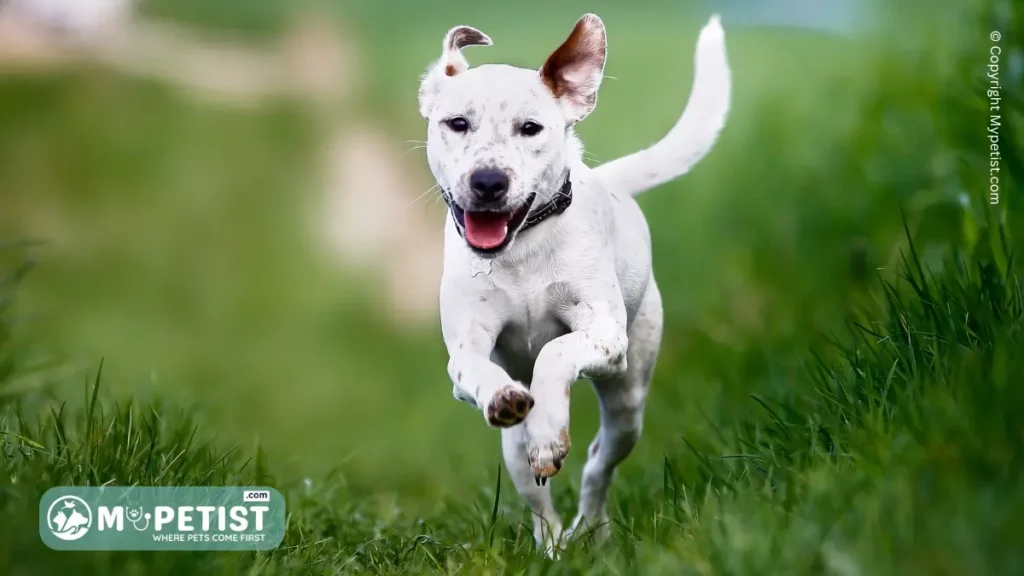Pet Behavioral Problems: How to Identify and Correct Them
From barking to biting: Understanding and correcting pet behavior problems
As a pet owner, it’s natural to want your furry friend to be the perfect companion. However, there are times when pets give us problems. From barking incessantly to biting, pet behavior issues can be frustrating and even dangerous. The good news is that most pet behavioral problems can be corrected with time, patience, and training.
In this post, we will explore some common pet behavior problems and provide tips to help you understand and correct them. Whether you have a new puppy or an older dog, a mischievous cat, or a needy parrot, this post will provide you with the tools to create a happy and healthy relationship with your pet.
Identifying common pet behavioral problems
As a pet owner, it’s essential to understand that your furry companion may display some behavior problems from time to time. Identifying these problems is the first step in correcting them. Some common pet behavioral problems including: aggression, barking, chewing, digging, separation anxiety, and jumping up on people. It’s crucial to recognize that these behaviors are normal in pets, but they can become problematic if not addressed properly.

Aggression is a common behavior problem in dogs and can manifest in different forms, such as growling, biting, or snapping. Barking is another common behavior problem, especially in dogs, and can be due to various reasons, such as boredom, fear, or anxiety.
Chewing and digging are typical behavior problems in puppies and young dogs, but can also occur in adult dogs if they are not adequately exercised or mentally stimulated. Separation anxiety is another common behavior problem in dogs and can occur when they are left alone for long periods.
Jumping up on people is a behavior problem in dogs that can be dangerous, especially for children and the elderly. It’s essential to identify these behavior problems early and address them promptly to prevent them from becoming worse. By identifying common pet behavior problems, you can take the necessary steps to correct them and have a happy and healthy pet.
Pet Behavioral Problems: How to Identify and Correct Them
Discover how to identify and correct pet behavioral problems. Learn essential tips and tricks to help your pet be their happiest and healthiest self.

Understanding the causes of barking, chewing, and biting
Barking, chewing, and biting are common pet behavioral problems that can cause frustration and stress for pet owners. Understanding the causes of these behaviors is the first step in correcting them.
Barking is a natural way for dogs to communicate, but excessive barking can be a sign of anxiety, boredom, or lack of exercise. Dogs may also bark to protect their territory or to seek attention. Chewing is also a natural behavior for dogs, but destructive chewing can be a sign of anxiety, teething, or lack of stimulation. Biting is a serious behavior problem that can be caused by fear, aggression, or lack of socialization.
It’s important to identify the root cause of the behavior problem before trying to correct it. For example, if your dog is barking excessively because of anxiety, simply punishing them for barking will not address the underlying issue. Instead, you may need to work on reducing their anxiety through exercise, training, or medication.
Similarly, if your dog is chewing on furniture because they are bored, providing them with more toys and interactive playtime can redirect their chewing behavior. In the case of biting, it’s important to seek the help of a professional trainer or behaviorist to address the issue safely and effectively.
By understanding the underlying causes of barking, chewing, and biting, you can take the necessary steps to correct these behavior problems and create a happier, healthier relationship with your pet.
How to train your pet to stop barking, chewing, and biting
Training your pet to stop barking, chewing, and biting can be a challenging task, but it is important for both the pet and the owner. Before starting any training, it is essential to understand why your pet is barking, chewing, or biting. Is it out of boredom, anxiety, or aggression?

Once you have identified the reason, you can start working on correcting the behavior. One of the most effective ways to stop barking is to teach your pet a command such as “quiet” or “enough.” Whenever your pet starts barking, say the command in a firm but calm voice, and reward your pet when it stops barking.
To stop chewing, provide your pet with appropriate toys and chews to redirect their chewing behavior. If your pet is chewing on something it shouldn’t, redirect its attention to the appropriate chew toy.
Biting is a serious behavior problem that needs to be addressed immediately. Puppies often bite during playtime but it is important to teach them that biting is not acceptable. Whenever your puppy bites, say “no” firmly and give it a chew toy instead.
If your adult dog is biting out of aggression, it is important to seek the help of a professional trainer or behaviorist. Remember that training takes time, patience, and consistency. With the right training and positive reinforcement, your pet can learn to stop barking, chewing, and biting.
How to create positive reinforcement for good behavior
When it comes to correcting pet behavioral problems, positive reinforcement is one of the most effective methods. Positive reinforcement involves rewarding your pet for displaying positive behaviors, such as obeying commands, being calm, or playing nicely. By doing this, you create an association between good behavior and rewards, which can encourage your pet to continue displaying those behaviors.

One way to create positive reinforcement is to use treats or toys as rewards. For example, if your dog sits on command, give them a treat or a toy to play with. This will not only make your dog feel good, but it will also encourage them to sit the next time you give the command.
Another way to create positive reinforcement is to use verbal praise. When your pet displays good behavior, use a cheerful and enthusiastic tone to praise them. For example, if your cat uses the litter box instead of going outside the box, give them verbal praise by saying “Good job!” or “You’re such a good kitty!”
It’s important to note that positive reinforcement should be used consistently and immediately after the good behavior is displayed. This will help your pet to make the connection between the behavior and the reward. Additionally, it’s important to avoid using punishment or negative reinforcement, as this can lead to fear, anxiety, or aggression. By using positive reinforcement consistently, you can help your pet to learn new behaviors and correct any behavior problems in a safe and effective way.
The importance of consistency in training

Consistency is key when it comes to training your pet, especially if you’re dealing with behavior problems. Dogs and cats thrive on routine and structure, so it’s important to establish a consistent training schedule and stick to it.
For example, if you’re trying to teach your dog to sit, make sure everyone in the household uses the same command and reward system. If one person tells the dog to “sit” and another person says “sit down,” it can confuse the dog and make the training process longer and more difficult.
It’s also important to be consistent in the consequences for bad behavior. If your dog jumps on the furniture, and you tell them to get down, make sure you enforce that rule every time. If you let them jump up one day and then scold them for it the next, they won’t understand the inconsistency and the training will suffer.
Consistency also applies to the use of positive reinforcement. If your pet does something good, such as sitting on command or using the litter box, make sure to praise them consistently. Positive reinforcement encourages good behavior and helps your pet learn what’s expected of them.
Overall, establishing consistency in training and enforcing rules is crucial for correcting behavior problems and creating a happy, well-behaved pet.
Using positive reinforcement training techniques for aggressive dogs

Aggressive dogs can be difficult to handle and can make daily life stressful for pet owners. While there are many methods for correcting aggressive behavior in dogs, positive reinforcement training techniques are often the most effective.
Positive reinforcement training involves rewarding the dog for good behavior, rather than punishing them for bad behavior. This can be done in a variety of ways, such as offering treats, verbal praise, or even a favorite toy. The key is to reward the dog immediately after they exhibit good behavior, so they understand what they are being rewarded for.
For aggressive dogs, positive reinforcement training can be used to redirect their behavior. For example, if the dog is aggressive towards other dogs while on a walk, the owner can use positive reinforcement techniques to teach the dog to focus on them instead. This can be done by rewarding the dog for looking at the owner when another dog approaches, instead of reacting aggressively.
It’s important to note that positive reinforcement training takes time and patience. It’s not a quick fix for aggressive behavior, but it can be a very effective long-term solution. Additionally, it’s important to work with a professional trainer who has experience with aggressive dogs, to ensure that the training plan is tailored to the specific needs of the dog.
Overall, using positive reinforcement training techniques for aggressive dogs can help to correct their behavior and make daily life with pets much more enjoyable.
How to address fear and anxiety in pets
Fear and anxiety are common problems in pets and can manifest in various ways, including aggression, excessive barking, and destructive behavior. It can be difficult for pet owners to address these issues, but it’s important to understand that there are ways to help your furry companion cope with their fears and anxieties.
One way to address fear and anxiety in pets is through desensitization training. This involves gradually exposing your pet to the source of their fear or anxiety in a controlled environment. For example, if your dog is afraid of thunderstorms, you can play recordings of thunder at a low volume while giving your pet treats and affection. Over time, you can gradually increase the volume of the recording until your pet is no longer afraid of thunderstorms.
Another way to address fear and anxiety in pets is through the use of pheromone products. These products mimic the pheromones that mother animals emit to calm their young. They come in various forms, including sprays, diffusers, and collars, and can help to alleviate anxiety in pets.
It’s also important to provide your pet with plenty of exercise and mental stimulation. Regular exercise can help to reduce anxiety and stress in pets, while mental stimulation can help to keep them occupied and prevent destructive behavior.
If your pet’s fear and anxiety issues are severe, it may be necessary to seek the help of a professional animal behaviorist. They can work with you and your pet to develop a behavior modification plan that addresses your pet’s specific needs.
In conclusion, fear and anxiety can be difficult problems to address in pets, but there are ways to help your furry companion cope. By using desensitization training, pheromone products, providing exercise and mental stimulation, and seeking the help of a professional, you can help your pet overcome their fears and anxieties and live a happier, healthier life.
Changing your behavior to change your pet’s behavior
We often think that the only way to correct our pet’s behavior problems is to train them or use some external tools or techniques. However, what we often forget is that our own behavior and reactions to their behavior can affect their behavior. This means that we may need to change our own behavior to see a change in theirs.
For example, if your dog barks excessively when you leave the house, you may be inadvertently rewarding that behavior by giving them attention or treats when you leave or when you come back. Instead, you can try to slowly remove those rewards and ignoring the barking altogether. This may take some time, but eventually, your dog will learn that barking doesn’t get them what they want.
Another example is if your cat scratches your furniture. Instead of punishing them, which can actually make the behavior worse, try providing them with a scratching post or mat and rewarding them when they use it. You can also try to redirect their attention to a toy or playtime when they start scratching the furniture.
Changing your own behavior can also mean being consistent with your pet’s training and routines. If you are not consistent with enforcing rules or schedules, your pet may become confused and start exhibiting unwanted behaviors. By remaining consistent and providing structure, your pet will feel more secure and may be less likely to exhibit problem behaviors.
In summary, changing your own behavior can have a significant impact on your pet’s behavior. By being consistent, patient, and providing positive reinforcement, you can help to correct their behavior problems and build a stronger bond with your furry friend.
When to seek professional help for pet behavior problems
While some pet behavior problems can be corrected with patience, training, and persistence, others may require professional help. It’s important to know when to seek the assistance of a professional, such as a veterinarian, animal behaviorist or a certified dog trainer.
If your pet’s behavior is causing harm to themselves, other pets, or people, it’s best to take action quickly. Aggressive or destructive behaviors such as biting, excessive barking, or chewing on household items can be signs of underlying medical or behavioral problems that require the attention of a professional.
Additionally, if you’ve tried to correct your pet’s behavior using traditional methods and have not seen improvement, it may be time to seek out the help of a professional. They can provide a fresh perspective and techniques that you may not have considered.
Professional help can also be beneficial for pet owners who are struggling with anxiety or stress related to their pet’s behavior. A professional can help you understand why your pet is behaving a certain way and provide guidance on how to manage and correct the behavior.
Remember, seeking professional help is not a sign of failure as a pet owner. Rather, it’s a proactive step towards improving your pet’s quality of life and strengthening the bond between you and your beloved companion.
Conclusion and helpful resources for pet owners
In conclusion, understanding and correcting pet behavioral problems can be a challenging task for pet owners. However, with patience, consistency, and the right resources, it is possible to turn your furry friend’s behavior around.
Remember, it’s important to take note of any changes in your pet’s behavior and address them as soon as possible before they become severe problems. Addressing behavior issues will not only make your life easier, but also improve your pet’s quality of life.
There are many helpful resources available for pet owners, including online training courses, books, and even working with a professional animal behaviorist. It’s important to choose the right resources that fit your needs and your pet’s needs.
Some helpful resources for pet owners include:
- The Association of Professional Dog Trainers (APDT): They offer resources for dog owners, including a directory of professional dog trainers.
- The American Veterinary Society of Animal Behavior (AVSAB): They offer guidelines and resources for pet owners and veterinarians on animal behavior.
- The Humane Society of the United States: They offer a variety of resources for pet owners including training tips, behavior advice, and information on animal welfare.
By utilizing these resources and taking the time to address pets behavior problems, you can create a happier and healthier relationship with your furry friend.
We hope that our post on understanding and correcting pet behavioral problems has been helpful to you. As pet owners, it’s important to be aware of the potential behavior issues that our furry friends may display and how to address them.
With patience, consistency, and positive reinforcement, you can help your pet overcome their behavior problems and live a happy and healthy life. Remember that each pet is unique, and some may require more time and effort to correct their behavior, but the end result will be worth it. Thank you for reading, and we wish you and your pet all the best!




